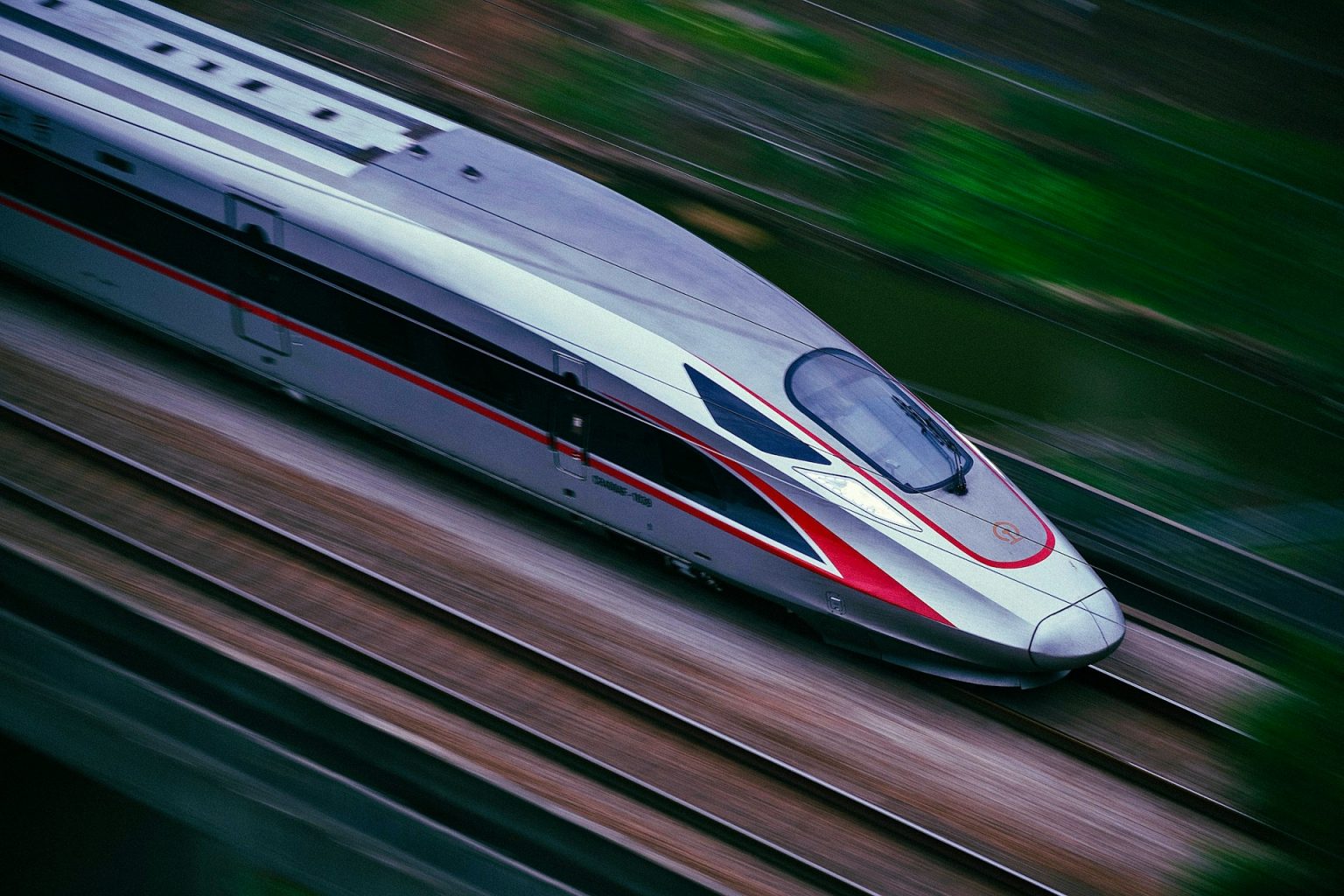The Cascadia High-Speed Rail Dream: A Marathon, Not a Sprint
The vision to connect Vancouver, Seattle, and Portland via high-speed rail celebrated its tenth anniversary at the Cascadia Innovation Corridor conference in Seattle last Wednesday. Despite the decade-long journey, stakeholders remain committed to this transformative project, even as they acknowledge the lengthy timeline ahead. Former U.S. Transportation Secretary Ray LaHood offered a sobering reminder to attendees: many in the room likely won’t live to see the project completed. “When you build big things, they cost big money,” LaHood explained, comparing it to America’s interstate highway system, which took half a century to build. His message emphasized that today’s efforts are about laying groundwork for future generations—our children and grandchildren will be the ones to enjoy the benefits of this forward-thinking infrastructure.
The conference highlighted how strengthened cross-border partnerships could revitalize the entire Pacific Northwest region. Leaders from various sectors discussed innovation strategies, housing affordability challenges, sustainability initiatives, and economic development opportunities. To formalize their commitments, they signed a Memorandum of Reaffirmation. Wednesday’s sessions focused specifically on transportation connectivity as the backbone of regional growth. Discussions covered the extensive work needed to build public and political support, secure funding, advance planning stages, and increase awareness through public outreach campaigns, including promotional videos showcasing the vision for high-speed rail in the Cascadia corridor.
Former Washington Governor Chris Gregoire, who chairs the Cascadia Innovation Corridor, reflected on how far the concept has come. “A decade ago, high-speed rail was just an idea,” she noted. “You would have thought we were thinking of doing something in outer space by the reaction.” Gregoire emphasized that the project has progressed from mere concept to active planning, supported by “one of the most unique coalitions in North America.” She painted a compelling picture of a connected mega-region where Vancouver, Seattle, and Portland would each be just an hour apart—creating unprecedented opportunities for education, employment, and research. “A UW student can intern in Vancouver, a family in Puget Sound can explore a job in Portland, and a cancer researcher in Vancouver can get home for dinner after a shift in Seattle,” she envisioned, describing “a new way of living, working and connecting” that would expand possibilities for everyone in the region.
Progress on the high-speed rail project has been deliberate rather than rapid. The initiative gained initial momentum in 2017 when Microsoft contributed $50,000 toward a $300,000 Washington state study of the proposal. By 2021, officials from Washington, Oregon, and British Columbia had signed a memorandum of understanding establishing a coordinating committee. A significant milestone came last year when the Federal Railroad Administration awarded $49.7 million to the Washington State Department of Transportation to develop a service development plan. According to WSDOT’s timeline, this planning phase should be completed by 2028, with “future phases to be determined” for 2029 and beyond. Despite this measured pace, stakeholders remain optimistic, pointing to similar initiatives across the country. LaHood cited Brightline train projects in Florida (connecting Orlando and Miami) and Las Vegas (with planned service to Southern California), as well as Texas’s Houston-Dallas proposal, as evidence of growing national interest in high-speed rail. “Once the politicians catch on to what the people want,” LaHood predicted, “boom, you get the kind of rail transportation that people are clamoring for.”
Transportation experts at the conference emphasized the project’s transformative potential and urgent necessity. WSDOT Secretary Julie Meredith compared the high-speed rail initiative to other major Seattle infrastructure projects that have reshaped the city, such as the removal of the Alaskan Way Viaduct and construction of the SR 99 waterfront tunnel. Chelsea Levy, Cascadia High-Speed Rail project manager, cited projections showing the region will see a 25% population increase—approximately 3.4 million more people—by 2050. “This pace and magnitude of growth really requires us to act,” Levy stressed, noting that successful implementation will require streamlining permitting processes across the 345-mile corridor and integrating with transportation networks in British Columbia and Oregon.
Corporate support for the initiative remains strong, with Microsoft playing a particularly active role. Hana Doubrava, the company’s Vancouver-based corporate affairs director who leads Microsoft’s Cascadia initiative, emphasized that their commitment extends beyond symbolism. The tech giant believes modern, efficient transportation options are essential for quality of life in the region. Doubrava highlighted the collaborative spirit driving the project forward: “Cascadia is all about partnerships and relationships—despite the current geopolitics or baseball scores,” she quipped, referencing the Toronto Blue Jays’ recent victory over the Seattle Mariners. This spirit of cross-border cooperation, despite occasional rivalry, underscores the shared vision for a connected Cascadia region that transcends national boundaries. While the journey to high-speed rail may span generations, the foundation being laid today promises to reshape how future Pacific Northwesterners live, work, and travel across this innovative corridor.


